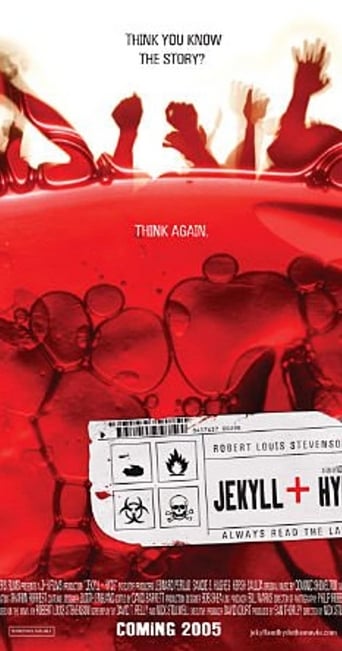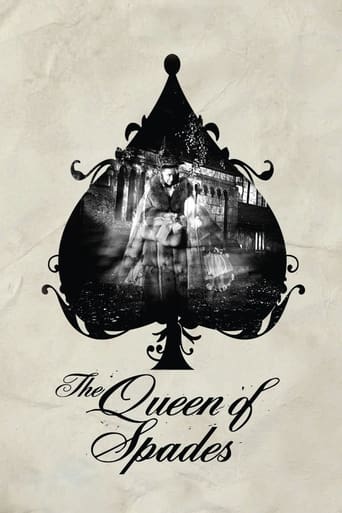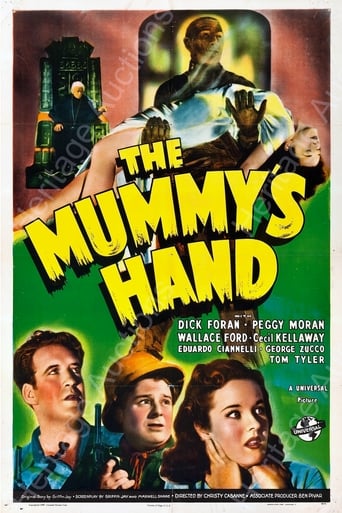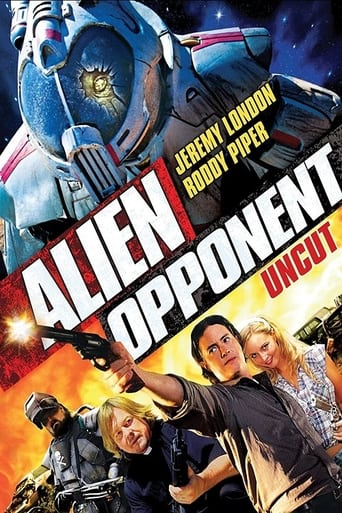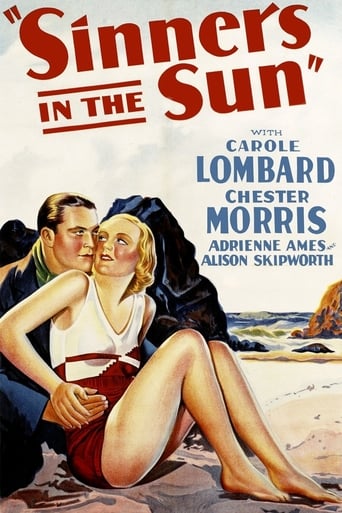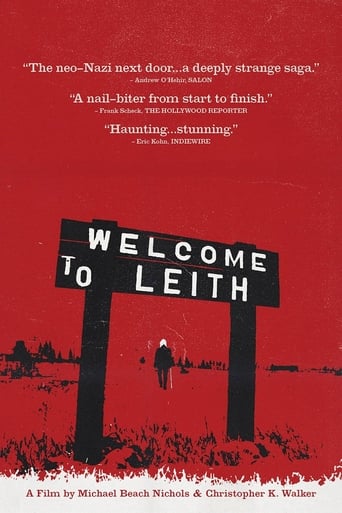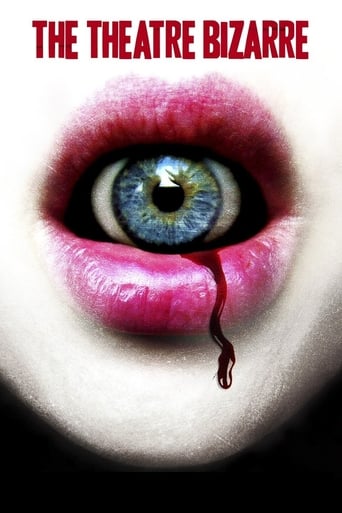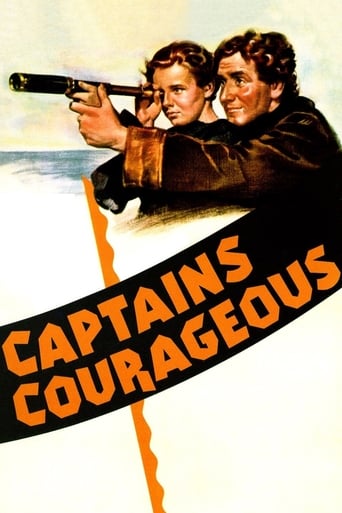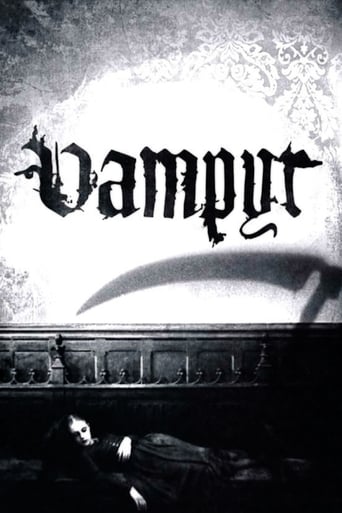


Vampyr
A student of the occult encounters supernatural haunts and local evildoers in a village outside of Paris.
-
- Cast:
- Nicolas de Gunzburg , Maurice Schutz , Rena Mandel , Sybille Schmitz , Jan Hieronimko , Henriette Gérard , Albert Bras


Similar titles

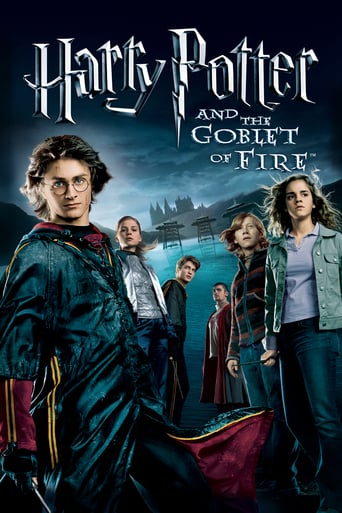

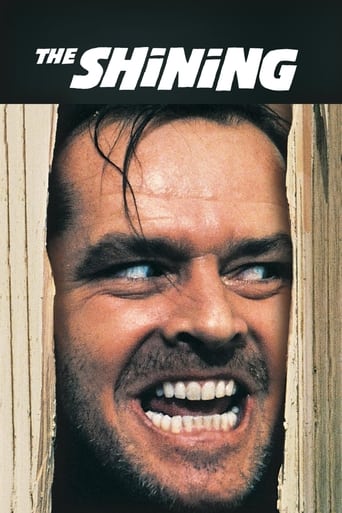

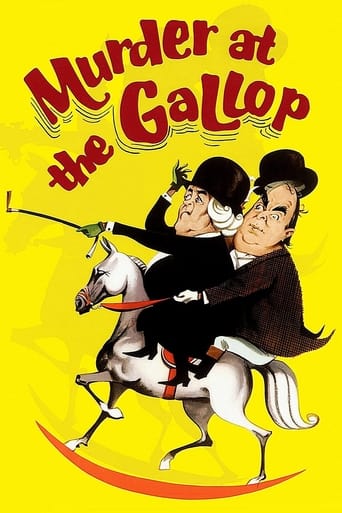
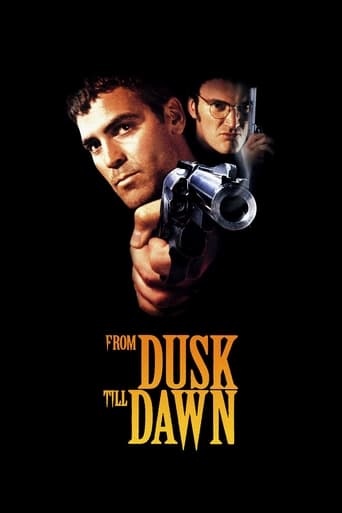
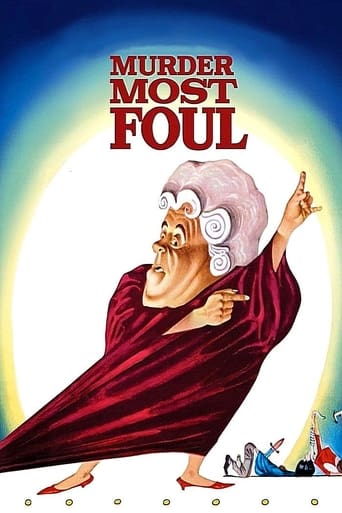
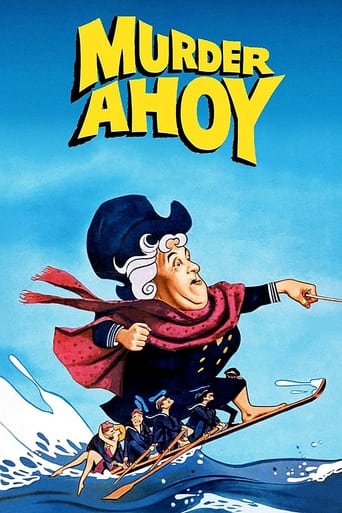
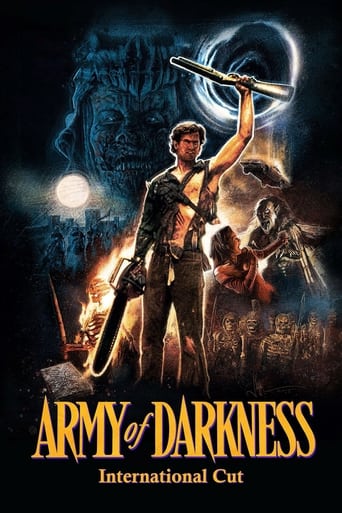
Reviews
A movie that not only functions as a solid scarefest but a razor-sharp satire.
The plot isn't so bad, but the pace of storytelling is too slow which makes people bored. Certain moments are so obvious and unnecessary for the main plot. I would've fast-forwarded those moments if it was an online streaming. The ending looks like implying a sequel, not sure if this movie will get one
By the time the dramatic fireworks start popping off, each one feels earned.
An old-fashioned movie made with new-fashioned finesse.
Dreyer's first sound feature, VAMPYR is an archetypal induction of the blood-hankering undead onto the celluloid screen (but not in its stereotyped appearance), made in a time when the story is foisted to unspool predominantly through title cards with minimal dialogs (sound recording is still a nascent embryo in Europe then), the film's chiefly non-professional cast serves as props rather than fully embodies flesh and occurrences are sometimes painstakingly tardy in their paces. Yet, Dreyer's modus operandi prospers in the somber, eldritch and never-wracking mise-en-scène, dispersed with thanatological symbols (the Grim Reaper in the beginning betokens its mythos), enhanced by a dream-like soft-focus tactility, and most extraordinarily, Dreyer's legerdemain of coaxing shadow and light into his narrative, a coup de maître where a soldier emerges with his seemingly discrete shadow denotes the mystic separation and unification of body and soul. During the thick of its vampyr-myth debunking sequences, our protagonist, the spiffy young man named Allan Gray (played by the French scion and later illustrious magazine designer Nicolas de Gunzburg under the alias of Julian West, who invests the movie with his own money to secure his dabbling into filmdom, which is his only screen credit) is afflicted by an out-of-body experience and witnesses a burying ceremony of his own body, swapping between camera's (subjective/objective, body/soul) viewpoints, the film reaches its most eerie, preternatural actualization of a blurred vision between real and unreal. German actress, Sybille Schmitz, whose real-life tragedy inspires Fassbinder's VERONIKA VOSS (1982), leaves behind an indelible image as the mostly bed-ridden vampyr-bitten girl, by dint of Dreyer's stock-in-trade expressive close-ups. Poetic justice prevails in its simplistic ending (why the girl's father who is in possession with the book doesn't try to extirpate the scourge if he is assumedly equipped with the know-how? A title card explanation would be apposite), but the scene where the evil village doctor impelled to receive his comeuppance potently flags up Dreyer's ingenious flight of fancy, and this time, without being curtailed in the religious solemnity and rigidity, Dreyer's VAMPYR surges with its top-drawer German expressionist idiom and avant-garde techniques that have timely reappraised the cachet of a film maudit.
Despite having dialogue this feels very much like a silent film. This dated, spooky little gem concentrates on visual imagery rather than concentrate dialogue and this fact gives it a dreamy, ethereal quality rarely seen in modern cinema. Indeed the film works best as a series of haunting visual images as our hero experiences weird events, hallucinations, and frightening dreams. Although difficult to watch and not exactly entertaining, VAMPYR is nonetheless a fascinating horror film which taps into some of our deepest fears.Despite having a vampire, this is a film which actually feels like a ghost story due to some spooky scenes of character's spirits coming out of their bodies and walking about in dream states. Exceptional use is made of shadows as they are given lives of their own in a very unsettling way. The acting is understated and efficient, but there is little in the way of a linear plot or storyline - it's just the images, linked together to form a puzzling whole. This is definitely a unique item and a good example of expressionistic cinematography, and it stays in the mind long after viewing.
I'm not exactly a fan of most really old films, most of them just don't really hold up for me or are just not my cup of tea; could be a generation thing or just simply me I don't know. But this is one of those gems that I really can sink my teeth into.I'll admit to me this is probably one of the most bizarre horror films I've seen. It's a vampire film and yet it isn't; to me it's kinda more of an art horror film since there really isn't much in story or characterization, it's a film where were really in it for the visuals and this film had got some damn good visuals which help make this not just a classic but a great experience.The film to me is sort of has a dreamlike quality to it as if your walking into a nightmare. From just the use of light, shadow, as well as most of the countryside and shack they shot the film at they've succeeded in creating a world that is dark, foreboding, where there can be danger hiding within the shadows, or in the next room. The music is great it has a very eerie tone to it that evokes a feeling of unsettlement or even dread in some places.But of course the visuals are the highlight of the film, you might even have to watch this film again just to uncover more. From some room with skulls and strange items in it, a witches room? Shadows moving in places and disconnected from other presences. A character seeing his own death which I'll admit was creepy because like him I wondered when the heck did that happen, then turning into a ghost for a while. But my favorite and to me most creepy visual was the infamous bellman with a scythe, it looked like the grim reaper to me.I'm not sure whether the film has a theme or not, it sort of left up to you to draw your own conclusions on that. To me I always thought it was on the fear and inexcapablity of death, since images of death are invoked throughout the film. Or even our never ending fear and attraction toward the darkness of life and ourselves, since the main character always goes toward dangerous locations in the film and the lure and temptation of vampirism becomes strong for one woman bitten by a vamp. I don't know like I said it's up to you which to me is part of what makes the film special.Venture into the darkness if you dare.Rating: 4 stars
The film makes more sense as a series of nightmare/dream put together than a movie with plot. Vampyr was the first sound film for Carl Theodor Dreyer, but it must as well be silent. Since the movie had to be recorded in three languages, to save money, Dreyer put very little dialogue in the film and much of the story is told with silent film style title cards. Sadly the movie lacks any real actors, as most of the people were untrained to be in film, but the film works in a way, since it's easily for them to show emotion then read lines. The main actor in this film wasn't a full time actor, but a rich Baron who funded the film by the name of Nicolas de Gunzburg. He starred in the film under the name of Julian West among a mostly non-professional cast. Gunzburg plays the role of Allan Grey, a student of the occult who enters the village of Courtempierre, which is under the curse of a vampire. The baron did little acting, but look at stuff with very little expression on his face. He was a dream like state, but bland as a character. The character was so bland, it even making me sleepy. We hardly got to know the true him, as the film shows unstop dreams scenes. The scenes like the farmer ringing the bell with a reaper on his hand was just chilling. Then the several scenes of shadows dancing and wandering on their own was good use, and somewhat creepy. The lighting, shadows, surrealistic nightmarish quality is just superb.The dream scenes have a Un Chien Andalou type film to it, as some of them had nothing to do with the plot. The film plot seems to run the same plot lines of other vampire movies at that time such as Dracula (1931). The film seems like a quickie horror film to capitalize on the Dracula craze. The film also struggles with it's identify, as much of it was by Dreyer and Christen Jul whom based on elements from J. Sheridan Le Fanu 's collection of supernatural stories, 'In a Glass Darkly". Dreyer took took parts of the novels like 'Carmilla', a vampire story with a lesbian subtext. Actually the film draws its central character, Allan Gray, from Le Fanu's Dr. Hesselius from the novel. The other being 'The Room in the Dragon Volant' which is about a live burial. The Point of View of the dead man is creepy and should be shown in film school on how to make perspective of a person state by using camera angles. The scene of the young man being carried away in the coffin is an incredible combination between the music and the way the camera is being depicted as the man in the coffin. Chilling. Dreyer found it difficult to decide on a title for the film as it was also been known as Destiny, Shadows of Hell, Close Up or The Strange Adventure of David Gray. The film as fought censors, as the village doctor suffocates under flour dropped from the mill above was deem too violence. I believe that scene, represent 'change'. The white flour in the end, it's about erasing a dark figure in white. As to lighten the mood of the film, as to wake itself from it's dream like state. It's all very symbolic. The fusing of fantasy and reality in this landmark tale, works somewhat as we the audience are to believe, the vampire distorted his perception of the real and the unreal. This film seems to represent everything great about the era from which it came. Special effects are used in this film not as a way to dazzle the audience, but to communicate a powerful, dream-like trance. The atmosphere fairly reminiscent to a feverish claustrophobic feel. The film itself is somewhat incoherent, but that sort of adds to the disorienting visual effects. What might be it's downfalls, it is too visual and disoriented for certain people to follow. It get confusing with each scene. The film feels surrealistic, and thus aren't meant to be interpreted literally. A movie like "Vampyr" isn't trying for realism, or narrative cohesion; it's first and foremost about the images on the screen. That's why some people can't get into the film. Dreyer's other film "The Passion of Joan of Arc" is similar in that it is able to communicate a powerful message through stunning and masterful cinematography. I suggest that viewers of this film watch other Dreyer films. In short, this films is a masterpiece. Savor it. Un chef-d'uvre. Merci

